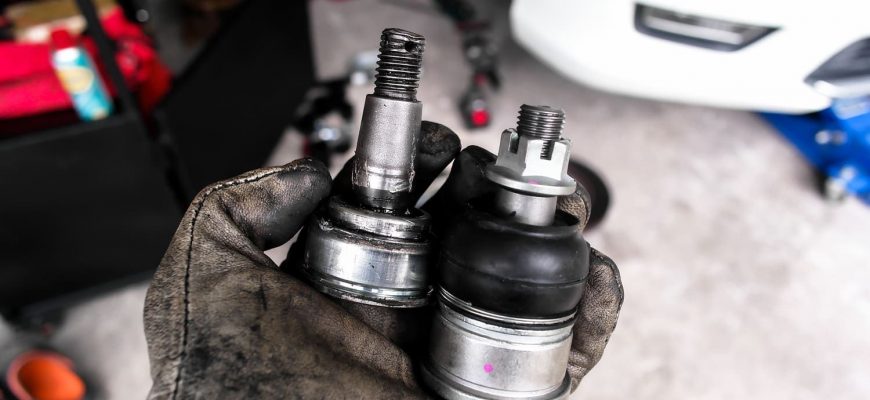Hip and knee replacements are common, but what about your ball joints? While less frequently discussed, ball joint replacements (specifically hip and shoulder) are vital for mobility. Understanding the costs involved is crucial for planning. This article provides an estimated cost for 2025 and strategies to potentially reduce expenses.
Estimated Ball Joint Replacement Costs in 2025
Predicting healthcare costs is challenging, but we can extrapolate from current trends. Several factors influence the final price:
- Type of Joint: Hip replacements typically cost more than shoulder replacements.
- Surgical Approach: Minimally invasive surgery usually involves higher initial costs but may lead to faster recovery and reduced hospital stay.
- Geographic Location: Prices vary significantly across different states and even cities.
- Hospital and Surgeon Fees: Experienced surgeons and reputable hospitals often charge more.
- Anesthesia and Facility Fees: These are separate costs associated with the procedure.
- Implants: The type and material of the artificial joint influence the overall cost.
- Post-Operative Care: Physical therapy, medication, and follow-up appointments contribute to the total expense.
Considering these factors, here’s a general cost estimate for 2025 (before insurance):
- Hip Replacement: $25,000 ⏤ $45,000
- Shoulder Replacement: $20,000 ⎼ $40,000
How to Potentially Cut the Bill
While ball joint replacement is a significant investment, several strategies can help manage the cost:
- Review Your Insurance Coverage: Understand your deductible, co-insurance, and out-of-pocket maximum. Pre-authorization is often required.
- Shop Around: Get quotes from multiple hospitals and surgeons. Don’t hesitate to ask about bundled pricing or discounts;
- Consider Outpatient Surgery: If eligible, outpatient joint replacement can significantly reduce hospital stay costs.
- Negotiate: Many hospitals are open to negotiating prices, especially if you are paying cash.
- Explore Financing Options: Medical loans or payment plans can help spread out the cost.
- Look for Grants and Assistance Programs: Several organizations offer financial assistance for medical procedures.
- Choose a Cost-Effective Implant: Discuss different implant options with your surgeon and consider those that offer good value without compromising quality.
- Focus on Pre- and Post-Operative Care: Optimizing your health before surgery and diligently following your physical therapy plan can reduce complications and the need for additional interventions.
- Travel for Treatment: Medical tourism can offer lower costs, but research reputable facilities and surgeons carefully.
The Importance of a Ball Joint Replacement
While the cost is a concern, the benefits of ball joint replacement are substantial. They include:
- Pain Relief: Significantly reduces or eliminates chronic pain.
- Improved Mobility: Restores range of motion and allows for greater physical activity.
- Enhanced Quality of Life: Enables individuals to return to hobbies, work, and social activities.
Ball joint replacement is a life-changing procedure. Understanding the potential costs for 2025 and exploring cost-saving strategies empowers you to make informed decisions. Remember to prioritize your health and discuss all options with your doctor and insurance provider.
Making Informed Decisions: Questions to Ask Your Surgeon
Before committing to a ball joint replacement, it’s crucial to have a thorough discussion with your surgeon. Here are some essential questions to ask:
- What type of implant do you recommend and why? (Understand the materials, lifespan, and potential risks associated with each option.)
- What is your experience with this specific procedure? (Inquire about the surgeon’s success rate and complication rates.)
- What surgical approach will you use, and what are the advantages and disadvantages of that approach? (Discuss minimally invasive vs. traditional surgery.)
- What are the potential risks and complications associated with the surgery? (Be aware of potential infections, blood clots, nerve damage, and implant failure.)
- What is the expected recovery time and what will be involved in physical therapy? (Understand the commitment required for rehabilitation.)
- What are the long-term expectations for the implant? (Ask about the likelihood of needing a revision surgery in the future.)
- What are the total estimated costs, including surgeon’s fees, hospital fees, anesthesia fees, and implant costs? (Get a detailed breakdown of all anticipated expenses.)
- Does your office assist with insurance pre-authorization and claim submission? (Ensure that the administrative aspects are handled smoothly.)
- What happens if there are complications during or after surgery? (Understand the plan for managing unforeseen issues.)
- Can I speak with former patients who have undergone this procedure with you? (Hearing firsthand experiences can provide valuable insights.)
The Future of Ball Joint Replacement
The field of ball joint replacement is constantly evolving. Expect to see advancements in the following areas:
- Improved Implant Materials: New materials are being developed to extend the lifespan of implants and reduce wear and tear.
- Robotic-Assisted Surgery: Robots can enhance surgical precision and accuracy, potentially leading to better outcomes.
- Personalized Implants: Custom-made implants tailored to an individual’s anatomy can improve fit and function.
- Regenerative Medicine: Research is underway to explore ways to regenerate damaged cartilage and bone, potentially delaying or even eliminating the need for joint replacement.
- Improved Pain Management: Advances in pain management techniques can minimize discomfort and speed up recovery.
Taking Control of Your Health
Facing a ball joint replacement can be daunting, but remember that you are not alone. By understanding the costs involved, exploring your options, and working closely with your medical team, you can make informed decisions and take control of your health. A successful joint replacement can significantly improve your quality of life, allowing you to live a more active and fulfilling life.









